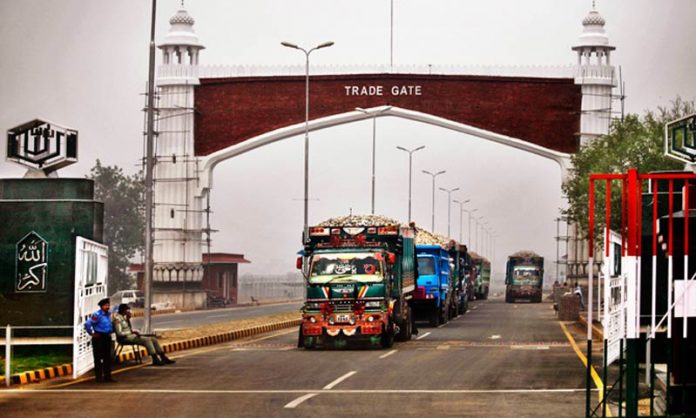India and Pakistan can increase their trade volume from the present $2 billion to $37 billion if both countries do away with artificial trade barriers, a World Bank report said on Wednesday.
India’s informal trade with Pakistan makes 91 per cent of formal trade, the World Bank said in its report ‘A Glass Half Full: The Promise of Regional Trade in South Asia’. Many of these items are exported from India to Pakistan through third countries, usually the United Arab Emirates.
Port restrictions offset the advantage of geographical proximity, which should lead to low transit costs and times between the states or provinces in northern India and Pakistan and thus boost trade. Pakistan allows only 138 items to be imported from India over the Attari–Wagah land route.
India accorded Pakistan ‘most-favoured-nation’ status or non-discriminatory market access in 1996, under the World Trade Organization. However, Pakistan has not yet granted India the same status.
The complex relations between India and Pakistan have adversely affected bilateral trade as well as trade within the region, said the World Bank. The two countries account for 88 per cent of South Asia’s gross domestic product and 86 per cent of its population.
Under the South Asian Free Trade Area (SAFTA), both countries have reduced tariffs to a maximum of 5 per cent. India has reduced tariffs to zero on imports from the least developed countries. However, India (614 items) and Pakistan (936 items) continue to maintain long lists of sensitive items, including items on which no tariff concessions are granted.
The preferential access granted by Pakistan on 82.1 per cent of tariff lines under SAFTA is also partially blocked in the case of India because Pakistan maintains a negative list comprising 1,209 items that cannot be imported from India.




